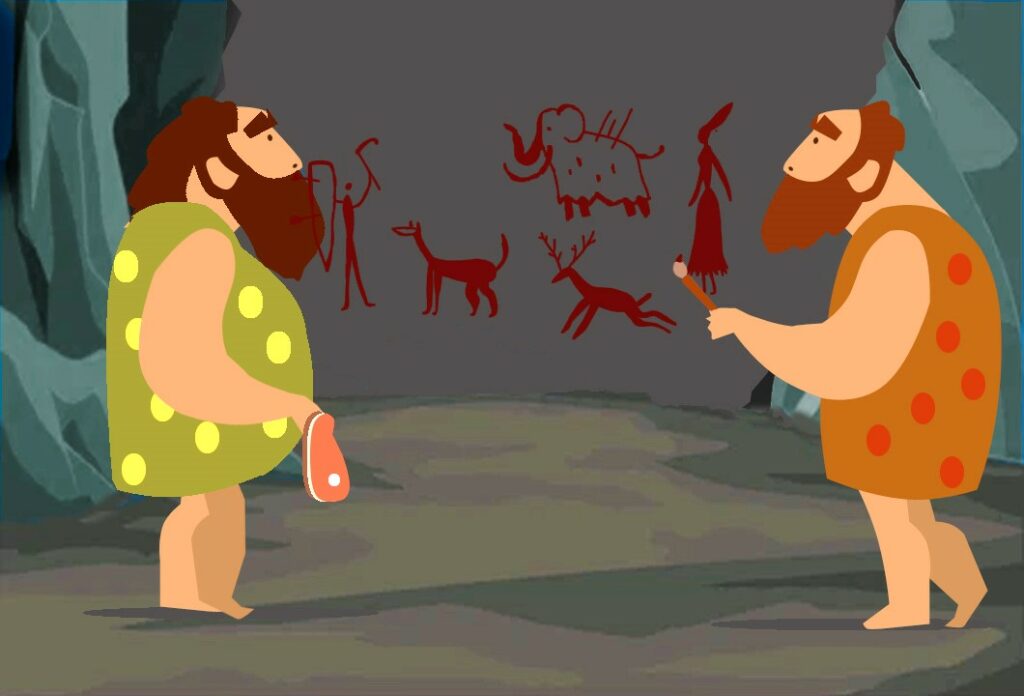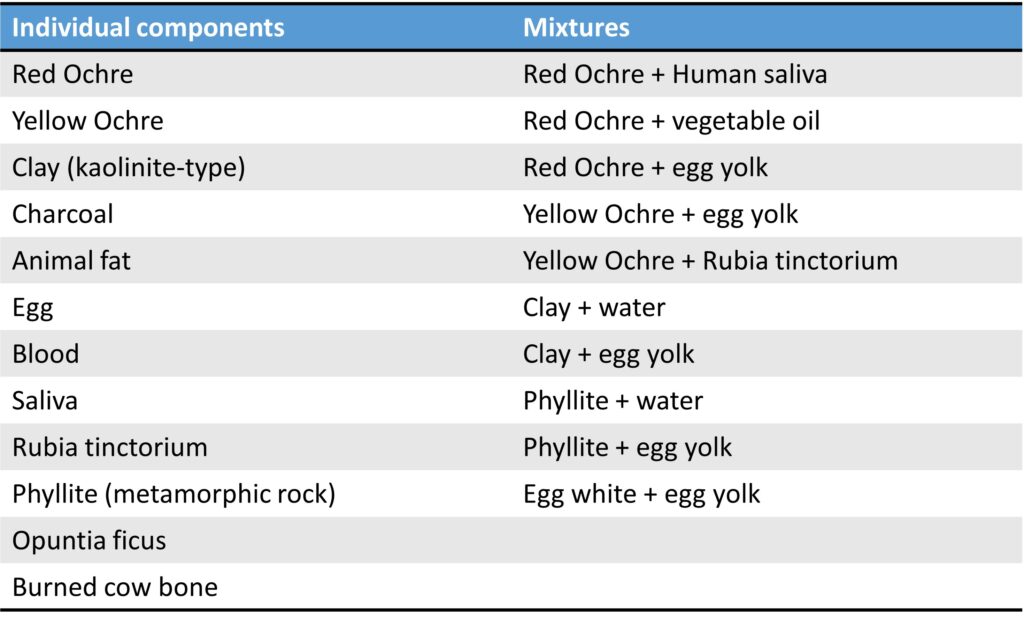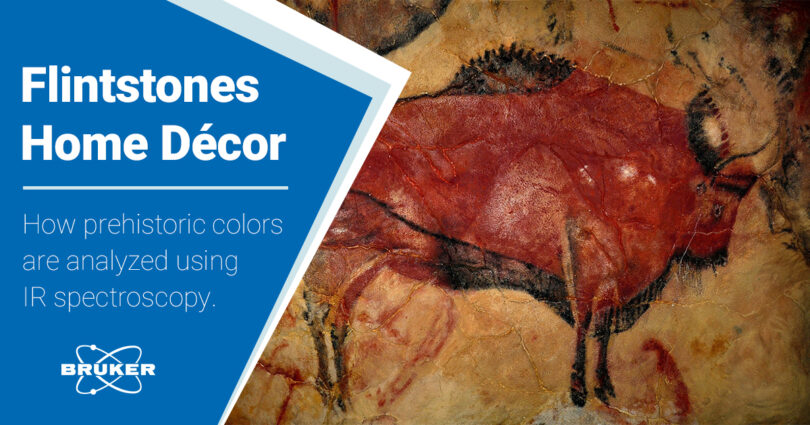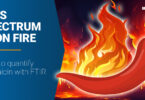How do cave paintings and FT-IR spectroscopy connect? Art has accompanied mankind since its very beginnings. From rudimentary cave paintings to the works of Michelangelo and Van Gogh. But cave paintings not only represent the earliest forms of art created by humans. They also provide us with information about a time from which there are no other records.

This makes them particularly interesting and scientists study the colors used in the creation of cave paintings, to find out more about those who came before us. As a result, the chemical composition of these colors is of particular interest.
If inorganic pigments and colors were used, this analysis can be done using techniques like Raman spectroscopy. We talked about this kind of application in our Raman basics series. However, discovering organic components of prehistoric paint can be quite the challenge.
This is where FT-IR spectroscopy comes into play.
In this article we want to show you how researchers set out to recreate prehistoric paint, test the composition, and create a neat database.
Analyzing „Old Paints“ with FT-IR
Infrared spectroscopy in general is well-suited for the identification of organic materials. Additionally, it yields excellent results when measuring mixtures.
Portuguese and French scientists have produced stone-age dyes by using prehistoric techniques. After that, they analyzed them and their individual components with FT-IR (Table 1). But wait a minute – how do these samples help when looking at prehistoric paints?

The goal of the study was to define marker bands for each component and create a library. The information in the library can then be used to compare it with existing databases and actual spectra taken from prehistoric paint.
In practical terms, this means that by having reference data of „fresh“ painting materials we can verify the ingredients in their ancient counterparts. Thus, we get to know, in theory, what materials were available for the creation of these paints.
In the future, FT-IR databases on historic paints will help to determine the exact ingredients of the paints in the field. This will not only support scientists in their research, but also help restorers in the conservation of important art treasures.
The secret MVP: ALPHA II
For the analysis of the single components and mixtures the researchers used a Bruker Alpha FT-IR spectrometer with ATR (Attenuated Total Reflection). Samples were collected with a scalpel. Then spectra were recorded over the spectral range of 400–4000 cm−1 at a 4 cm−1 resolution and 24 scans.
The spectra obtained are of very high quality. They allow the identification of every compound and the differentiation of the substances in the various mixtures. The new database was created directly in the OPUS IR software.
References
Garcês , S., Gomes, H., Haddab, L., Cura, P. and Rosina, P. In search of the ATR-FTIR signatures of experimentally mixed ingredients presumably used in Pre-historic rock art. Rock Art Res. 36, 182-188 (2019).








